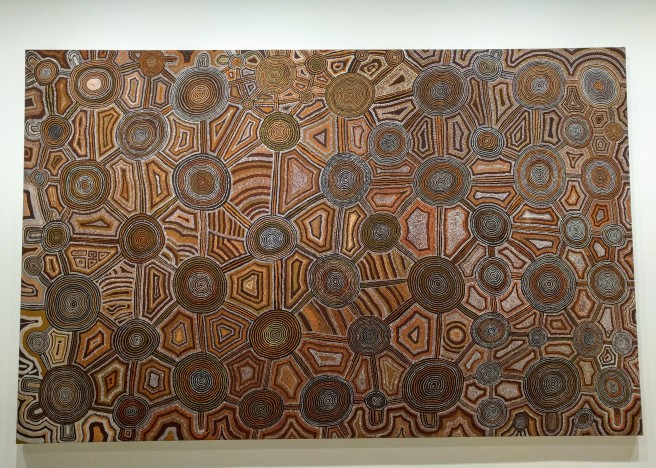“Closed are the doors that stood so wide-
The white beds empty, side by side.”
These are the last lines from the poem The Measure by Mary Gilmore.
Mary is trying to express death in these two lines of the poem and the image that she uses is extremely compelling. The term ‘open doors’ usually indicated potential or opportunities, but these doors that were open wide are now closed. there is no opportunity after death and the beds they occupied while they were injured after war is now empty.

This draws a strong concern towards all the young children that were being deployed for the means of war which was not only cruel but unjustifiable. All the lives that they lost just for hatred and power.
I would like to commend Micheal for timing this poem and period right before the ANZAC day long weekend, compelling us to understand why this day is so important for us; why their lives matter so much and why this subject is still so sensitive after 100 years of it.
War is a very brutal solution which cannot be justified for any reason. All we can do now is honour the people who fearlessly entered the battlefield and defended this country.

